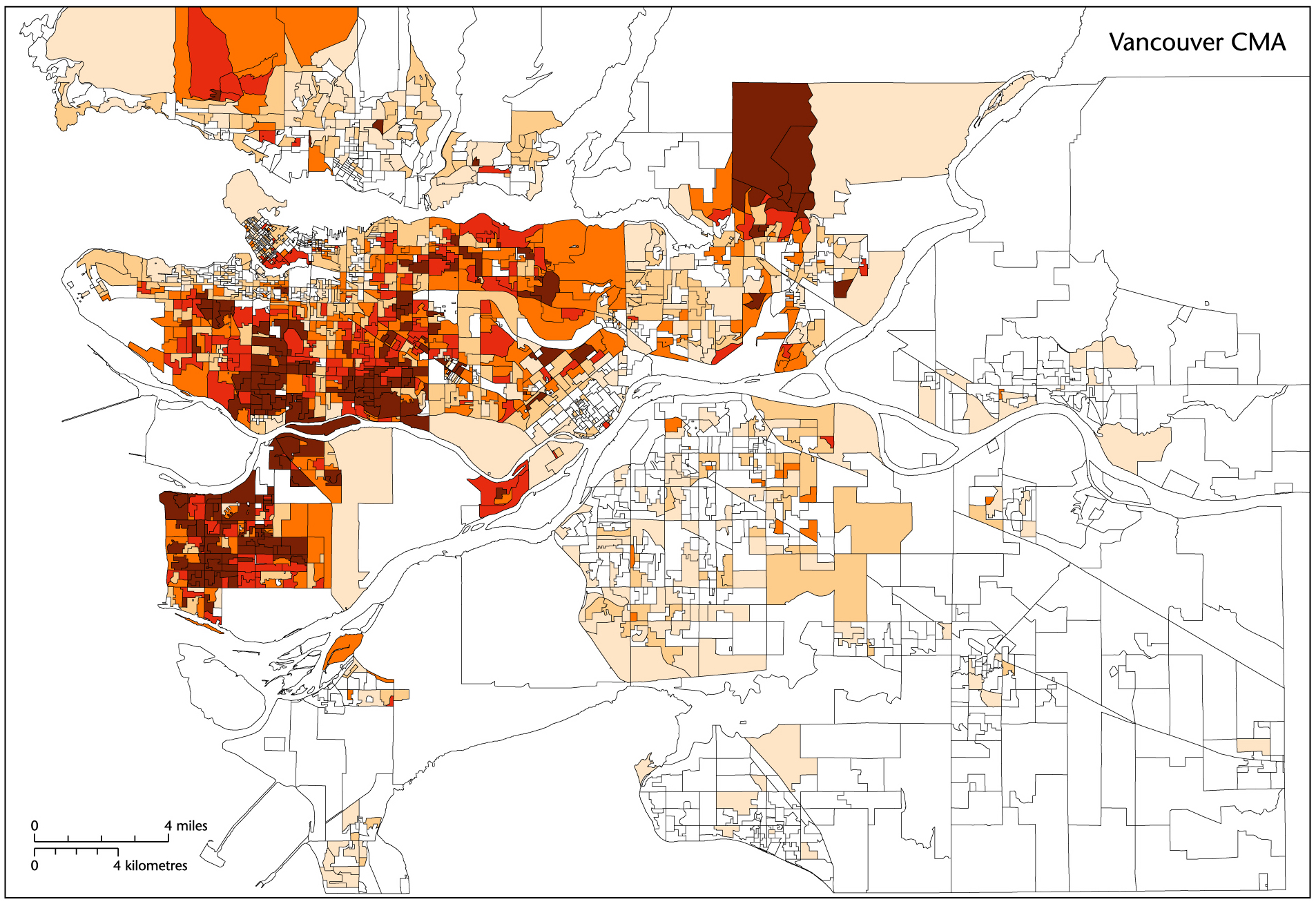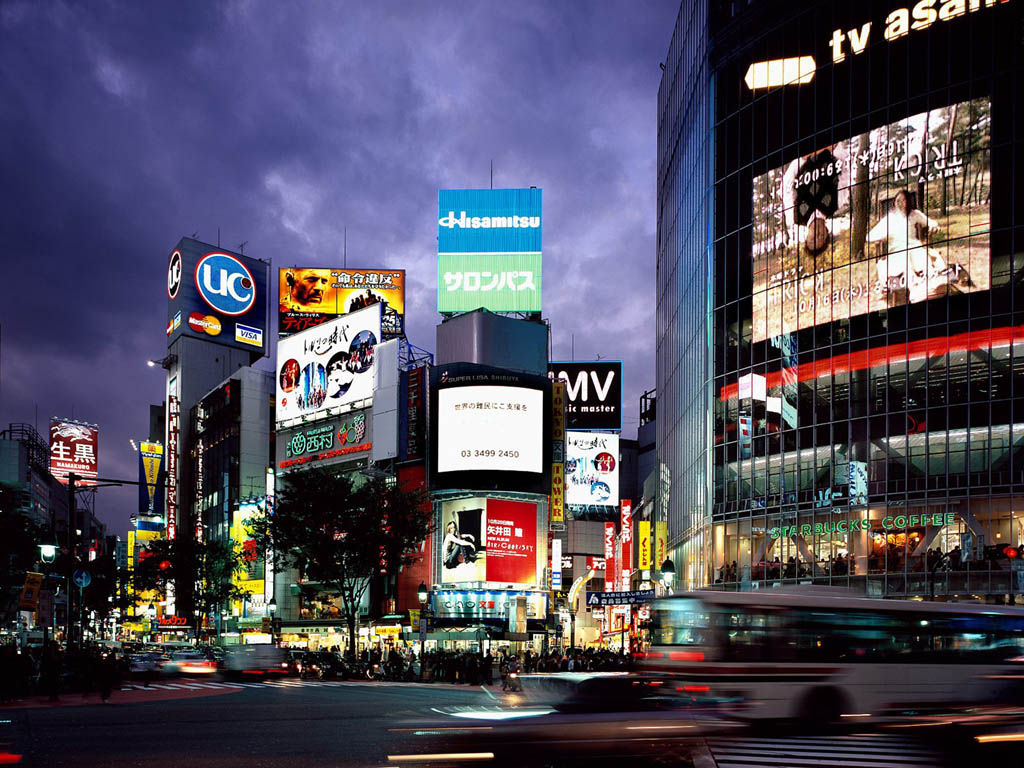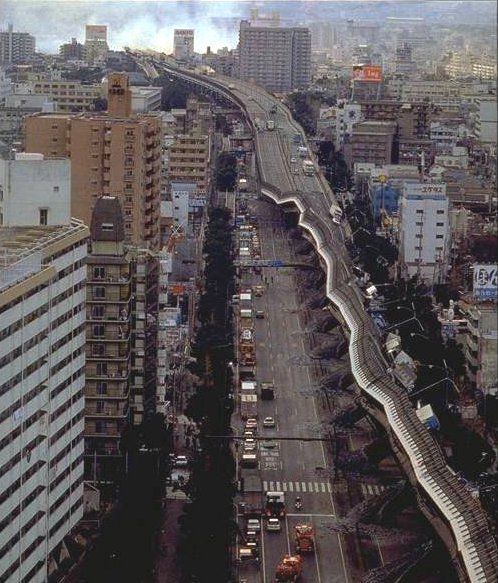This SSHRC funded research is conduced together with colleague Roger Hayter (Geography, SFU) and attempts to unravel the increasingly complex division of labour forged by Japanese electronics companies among the regions which make up the `Greater China Circle’ (the People’s Republic of China, Taiwan and Hong Kong). This part of Asia is becoming integrated through flows of trade and investment, in part due to the long-term strategies of Japanese multinationals (MNC). The research project describes and explain the production chains that have been constructed by Japanese firms across the political boundaries of Greater China, and the role played by each firms’ operations by country and region. Japanese direct foreign investment and the operations of its MNCs are often seen as providing technological learning to the rest of East Asia, and so the extent of this transfer of technology through upgrading workforce skills and local suppliers is highlighted. This study proceeds directly from a previous SSHRC funded project conducted together with Roger Hayter that examined Japanese investments in Southeast Asia up to and during the time of the `Asian financial crisis’ of 1997-8.
Besides assembling data sets of Japanese companies overseas activities (e.g. sales offices, factories, R and D centres) in Greater China, field work took place between 2001 to 2007 in Hong Kong, Shanghai, Beijing and Taiwan, where interviews with the local offices of the 15 major Japanese electronics firms (including Sony, Matsushita Electronic Industries and Toshiba) allowed detailed examination of the evolving spatial division of labour across the region.
Overall, the study argues that Japan-China relationships have always been political, and that the historical roots of political rivalry are embedded in contemporary relationships, particularly by the way Japanese electronics firms are approaching their investments in mainland China. The first part of the study reviews the major phases in the evolution of the Japan-Sino relations during the modern period, from military conflict before 1945 to economic engagement after 1978. More contemporary trends are leading to a shift in Japanese production in China, and these are mapped from research into the 15 Japanese electronics companies and their operations. Japanese trade and investment in East Asia during the 1980s and 1990s have been encapsulated by the `Flying Geese’ metaphor; but present-day interactions with China are not so easily explained. To explain why, examples are given of bargaining over investment and technology outcomes between the Chinese government and Japanese companies, Japanese corporate motivations, local training and technology transfer practices, and the implications for domestic Japanese production. The study underscores the significant growth of Japanese production capacity in China and places this in a larger historical context. Such an approach contrasts with the mainstream economic viewpoint, that Japan-China trade and investment relationships are `complementary and non-threatening to Japan.
Research Reports:
Chia-Wen Lee, Roger Hayter and David. W. Edgington (2008) Large and Latecomer Firms: The Taiwan Semiconductor Manufacturing Company and Taiwan’s Electronics Industry, Tijdschrift voor economische en sociale geografie (Journal of Economic & Social Geography), Vol 99 (in press).
R. Hayter and D.W. Edgington (2004) “’Flying Geese in Asia: The Impact of Japanese MNCs as a Source of Industrial Learning”, Tijdschrift voor Economische en Sociale Geografie (Journal of Economic and Social Geography), 95, 5-26.
D.W. Edgington and R. Hayter (2005) “Hong Kong’s Changing Role as a Global City: The Perspective of Japanese Electronic MNCs” in P.W. Daniels, K.C. Ho and T.A. Hutton (Eds.) Service Industries and Asia-Pacific Cities: New Development Trajectories, London, Routledge, 173-199.
D.W. Edgington and R. Hayter (2006) “Higashi Ajia to Chugoku ni okeru Nihon no erekutoronikusu kigyou– Koushouryoku, bunka shuutoku oyobi umekomi” (Japanese Electronics Firms in Southeast Asia and China: Negotiation, Learning and Embeddedness) in Higashi Ajia Kyudutai no Kuchiku (The Creation of an East Asian Community). Ed. Nishiguchi Kiyokatsu. Kyoto, Mineruva Shobu, 143-169.
Conference Presentations:
D.W. Edgington and R. Hayter (2004) “The Flying Geese versus the Big Panda: Japan-China Relationships and the Electronics Industry”, American Association of Geographers Meeting, Philadelphia, April.
L. Lee, R. Hayter and D.W. Edgington (2007) “Large and Latecomer Firms: The Taiwan Semiconductor Manufacturing Company and Taiwan’s Electronics Industry”, paper presented to the Second Global Conference On Economic Geography, Beijing, 25-28 June.”
Allied Research by Graduate Students:
My PhD student Baoling Wang is studying Canadian companies in China. She is using a framework drawing from the literature on direct overseas investment and issues of cultural learning to investigate why there are so few Canadian firms operating in the PRC. Her work has taken her to Beijing and Shanghai to interview Canadian companies and she has compiled an interesting array of challenges faced by small Canadian firms in China. In 2006 Baoling Wang won a student essay award from the Asian Geography Specialty Group at the AAG (American Association of Geographers).
Roger Hayter’s Master student Lydia Lee completed a thesis in 2005 on the role of latecomer firms and latecomer economies in East Asia. The field work involved research examining the Taiwan Semiconductor Manufacturing Corporation.




